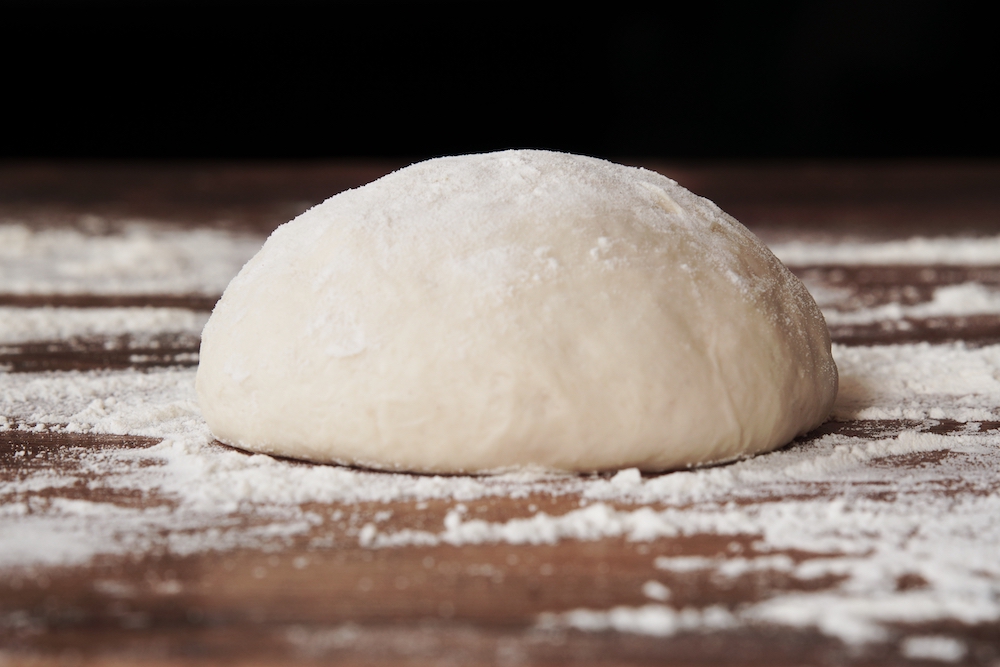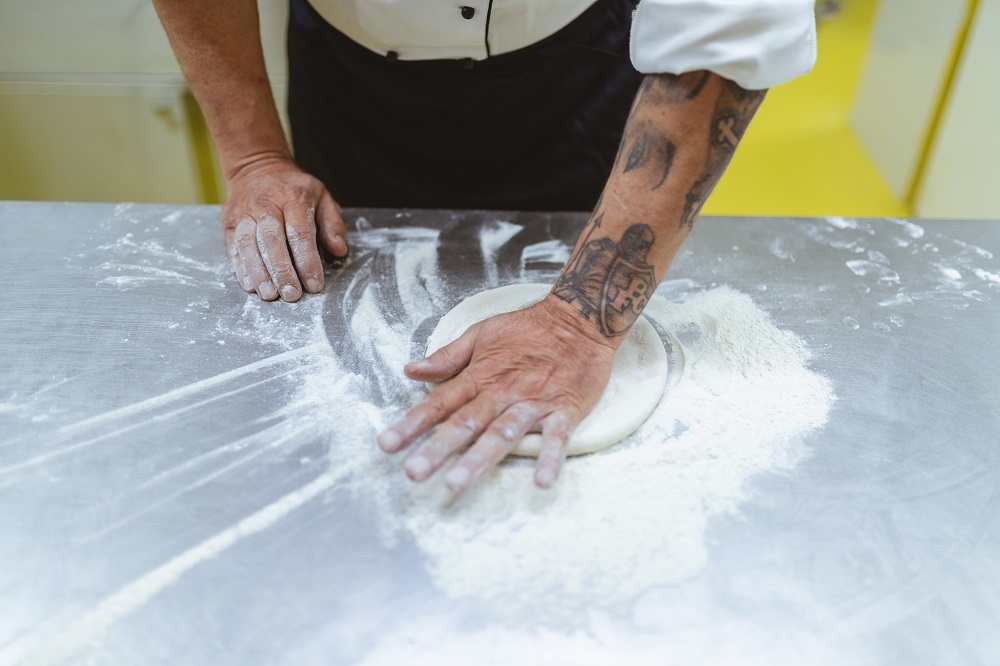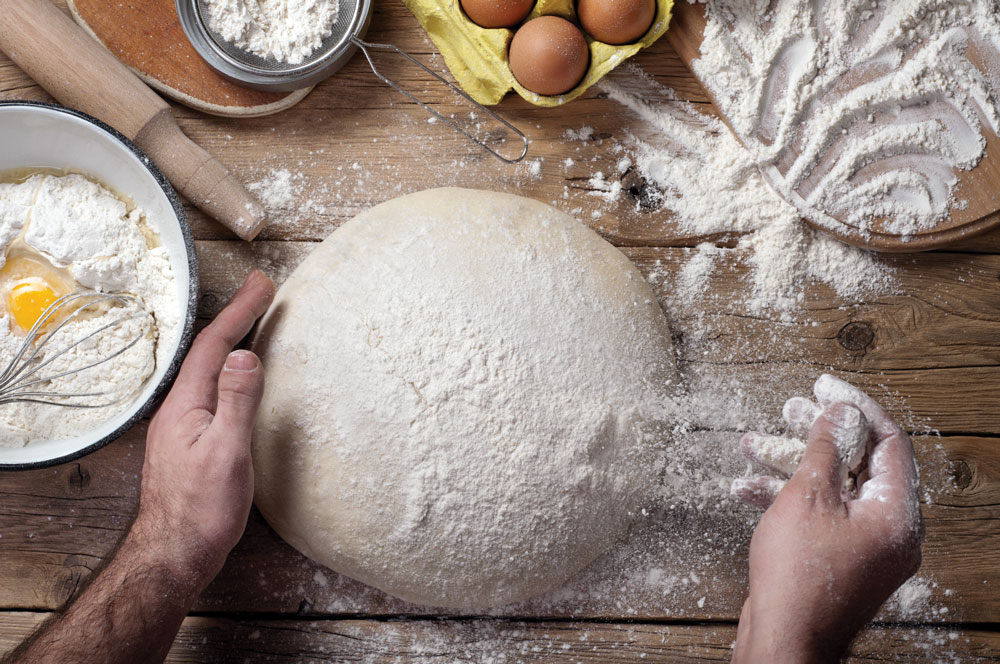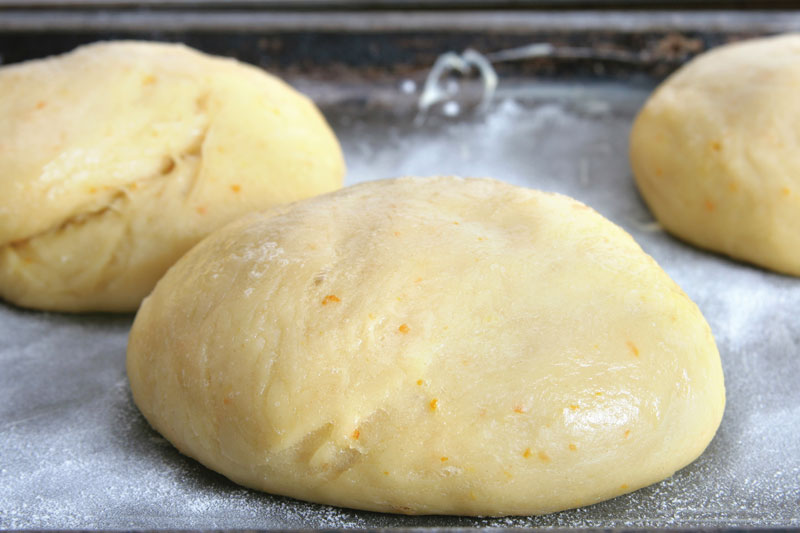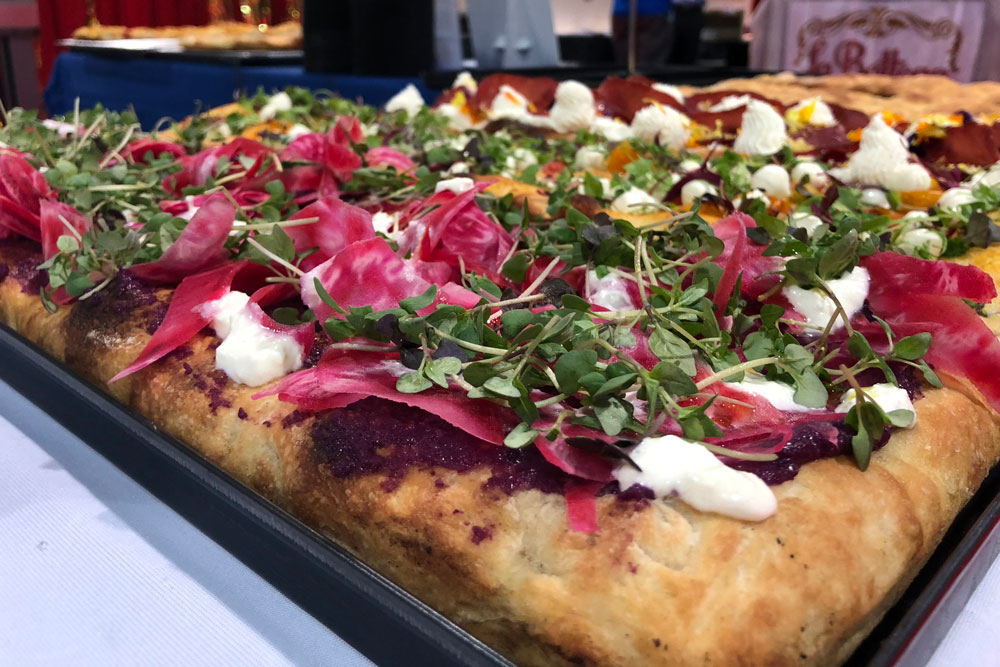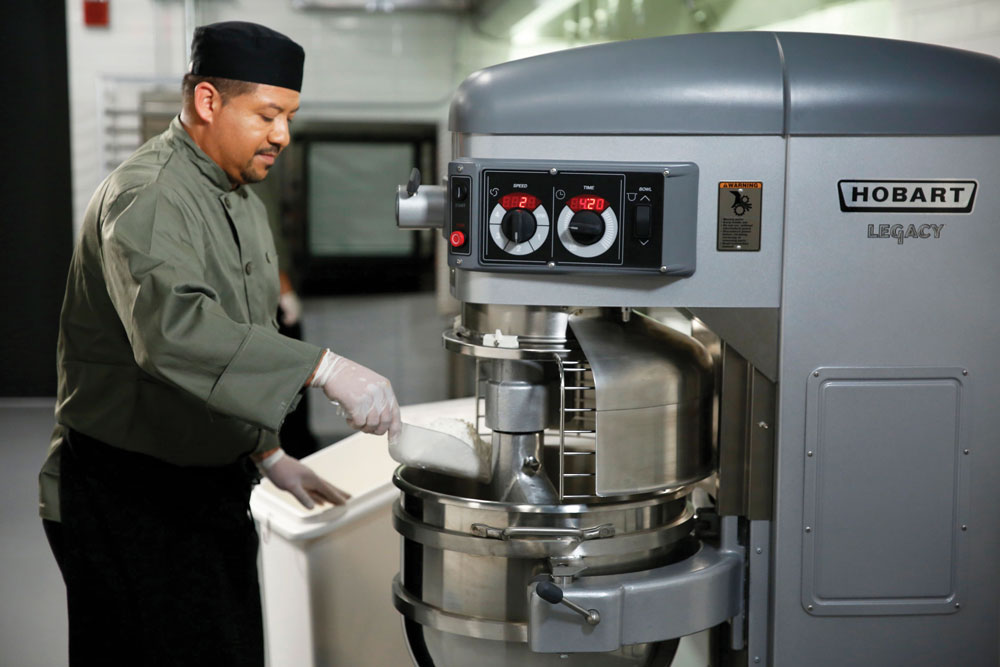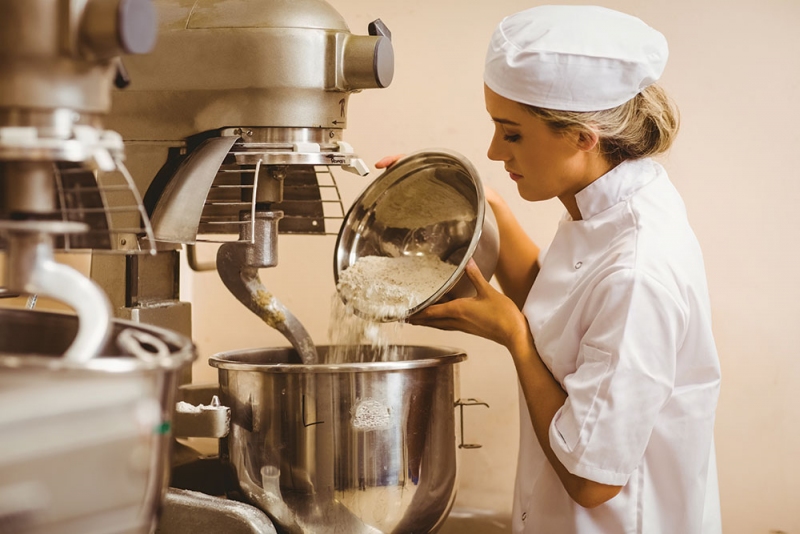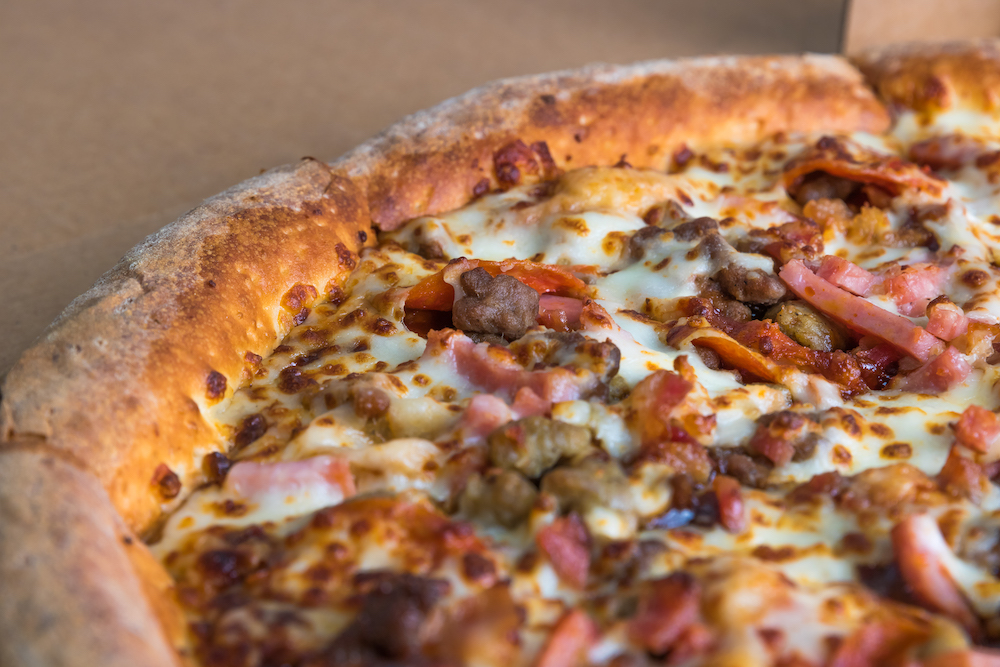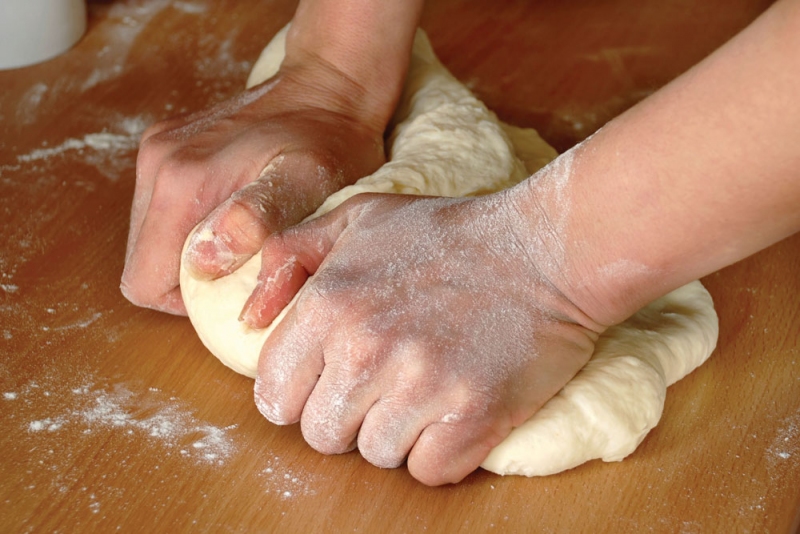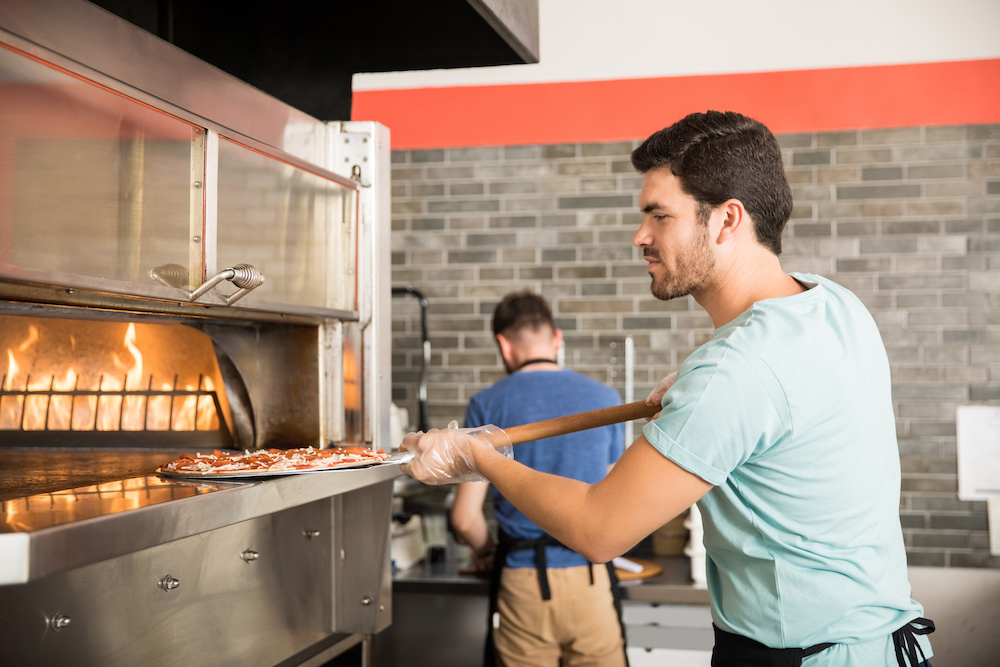Question:
In reading many of your articles and responses on the web site, I see you making reference to how important it is to achieve a specified finished dough temperature. Can you tell me how to determine what water temperature to use in order to achieve a specified dough temperature?
Answer:
The ability to have all of your doughs come from the dough mixer at a pre-specified temperature is an important part of dough management and consistent dough quality or performance. There is a fairly easy mathematical equation to follow for calculating the necessary water temperature to achieve a mixed dough with a desired/specified finished/mixed temperature. Before we get started though, there are some basic terms that I want to acquaint you with first.
- Desired Dough Temperature: This is the temperature that YOU want the dough to be when it is finished mixing.
- Desired Water Temperature: This is the water temperature that you will need to have your water at to achieve the desired dough temperature.
- Room Temperature: This is the temperature of the room where the mixed dough is located.
- Flour Temperature: This is the temperature of the flour when it is added to the mixer.
- Friction Factor: This is a value used to account for the temperature gain of the dough during the mixing process as a result of friction between the mixing bowl and the dough.
- Actual Dough Temperature: This is the temperature of the dough after mixing.
- Tap Water Temperature: This is the temperature of your tap water AFTER it has reached its coldest temperature.
- Ice: Crushed or shaved ice
The equation for determining the desired water temperature is as follows:
3 X the desired dough temperature, minus the sum of the room temperature, flour temperature, and friction factor.
The friction factor is determined as follows: 3 X the actual dough temperature, minus the sum of the room temperature, flour temperature, and tap water Temperature.
Special note: The friction factor will need to be calculated for each different size, dough that you make. If you change your mixing procedure or time you will need to recalculate the friction factor.
Example: #1
- Desired Dough Temperature: 85F
- Room Temperature: 70F
- Flour Temperature: 70F
- Friction Factor: 40
- Tap Water Temperature: 55F
- 3 X 85 (the desired dough temperature) = 255 minus R.T. 70, F.T. 70, F.F. 40 = 255 minus 180 = 75F desired water temperature
Example #2
- Desired Dough Temperature is 80F
- Room Temperature: 90F
- Flour Temperature: 90F
- Friction Factor: 40
- Tap Water Temperature: 60F
- 3 X 80F (the desired dough temperature) = 240 minus R.T. 90, F.T. 90, F.F. 40 = 240 minus 220 = 20F desired water temperature.
As you cannot have 20F water temperature, and also the desired water temperature is below that of the coldest tap water temperature available, you will now need include ice as part of the total water weight.
Ice Calculation: To determine how much ice must be added to your tap water to achieve the desired dough temperature follow this calculation.
Weight of ice = weight of water X tap water temperature – desired water temperature
Tap water temperature + 112
Example:
Your dough formula calls for 27-pounds of water. Your desired water temperature is 20F.
27 X 60 – 20 = 1600. This must now be divided by tap water temperature + 112 (172)
1600 = 9.3 pounds of ice will need to be substituted for 9.3 pounds of water in the formula to achieve the 172 the target dough temperature of 80F.
Come on! Don't let a little basic math scare you!
Just plug in your numbers into the above equations and in no time at all, you will be calculating your dough temperatures like a pro.
One of Tom's tricks:
If you store your flour in the same general location as where your mixer is located, room temperature and flour temperature will be essentially the same. Once you have calculated the friction factor for your mixer it will remain constant so long as you don't change your dough size or mixing procedure.
Now, take a few minutes to sit down and do the desired water temperature calculations by plugging in your anticipated range of room temperatures (in 5F increments). Now, all you will have to do is to look at your numbers, pick the room temperature closest to one of your calculations and use that desired water temperature. It may not be exact, but it will get you to within a couple of degrees of where you want to be, and that should be just fine for our needs.
If your eyes are all glazed over by now, and you feel a mathematical migraine headache coming on, there might still be some hope for you. SAF Yeast Products has developed a chart to help you determine the correct water temperature to use. To obtain a copy of this chart, please contact SAF Products at 800-641-4615, or the next time you're out at one of the pizza shows, make it a point to stop by their booth and request one of these charts. They've been giving them out for as long as I can remember, and while you're there, say "Hello" to my good friend Bill Weekly.



